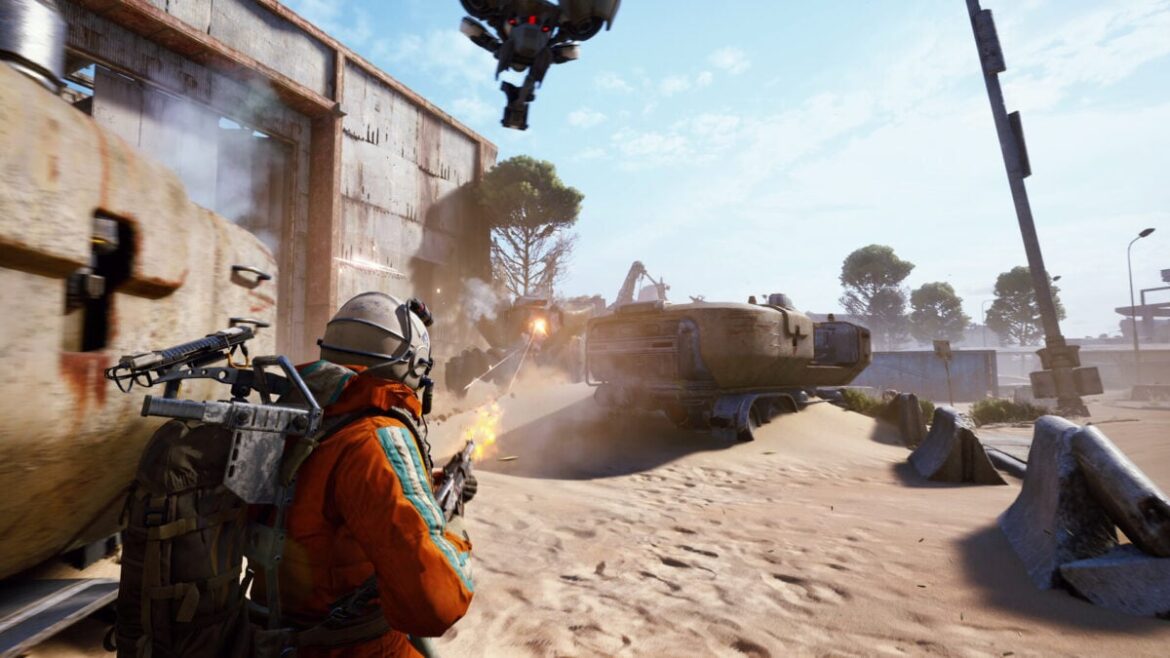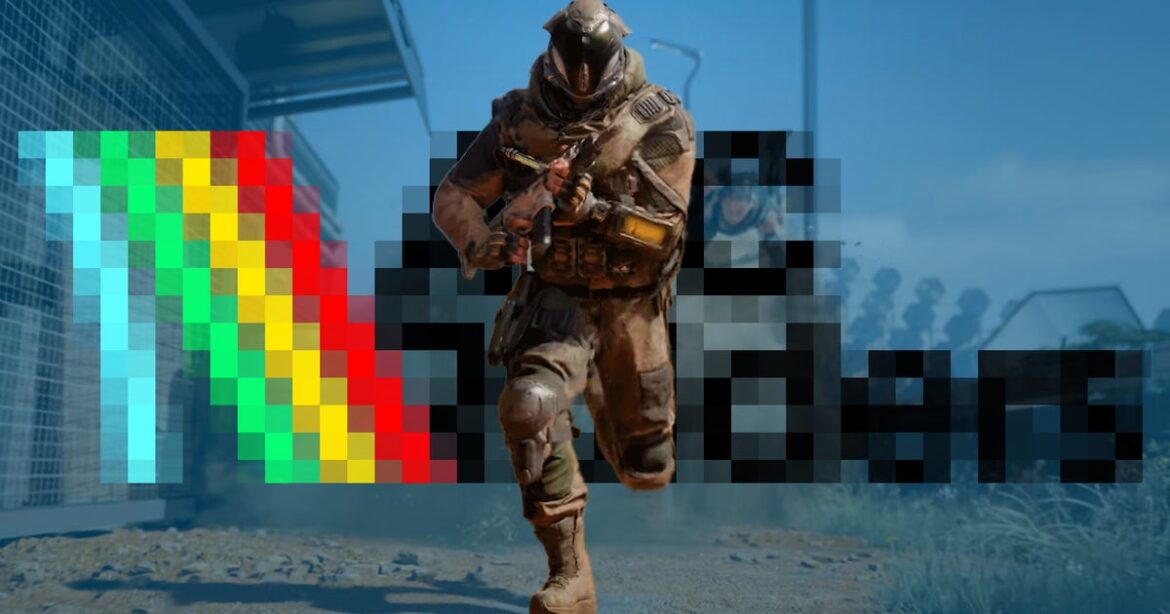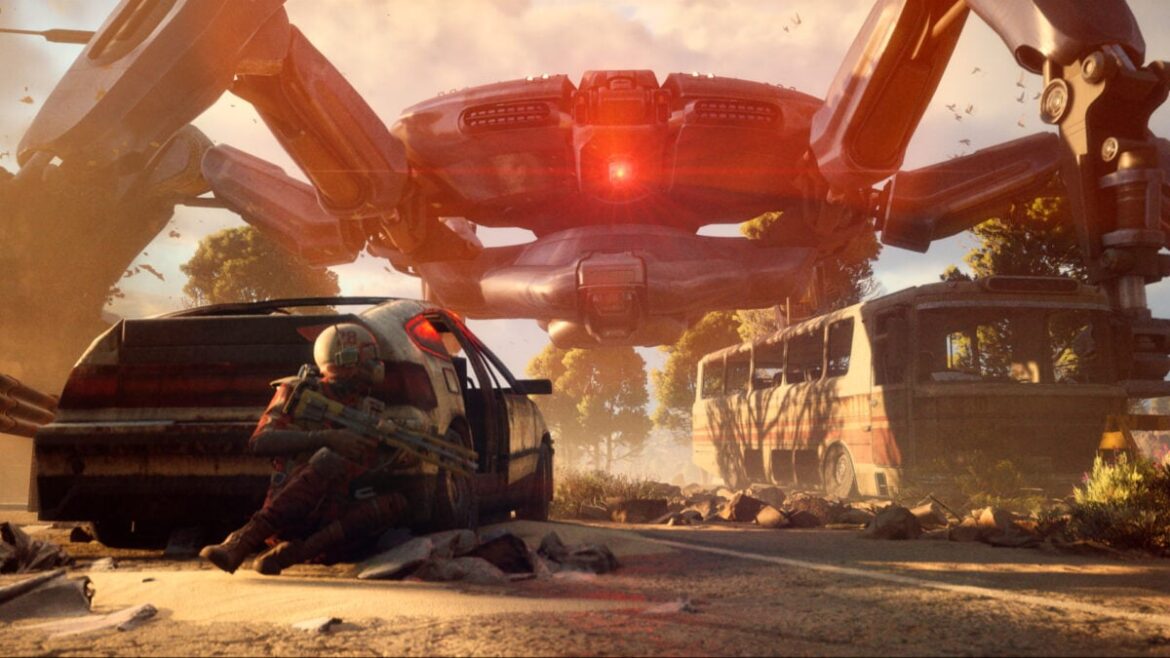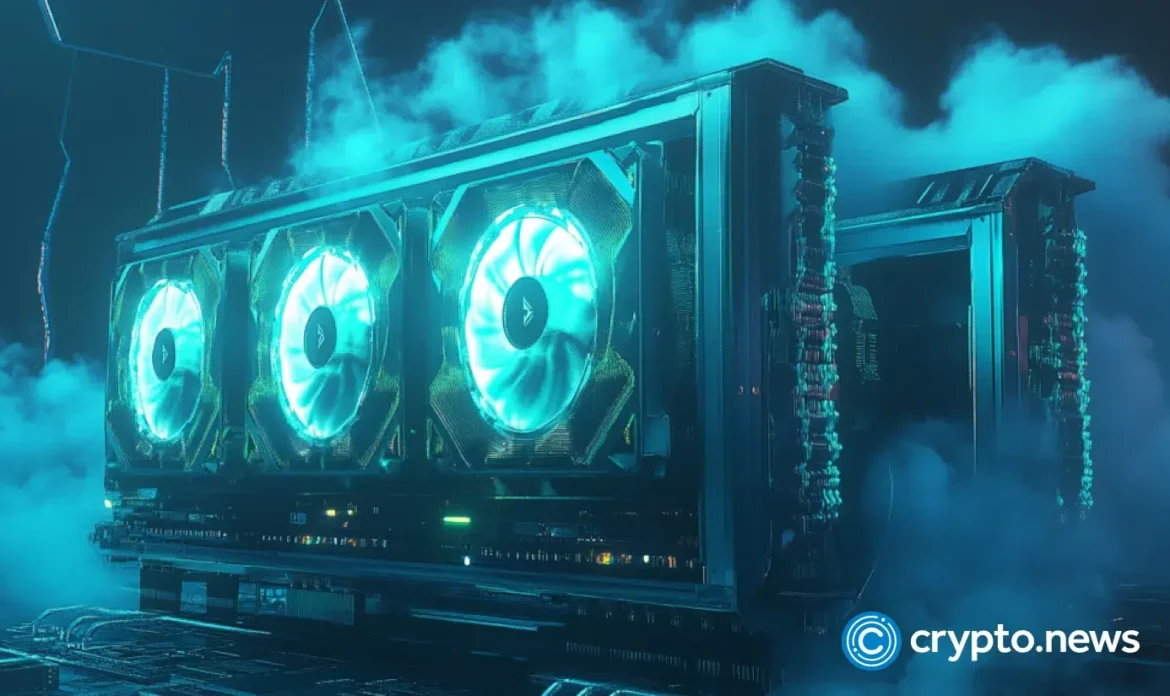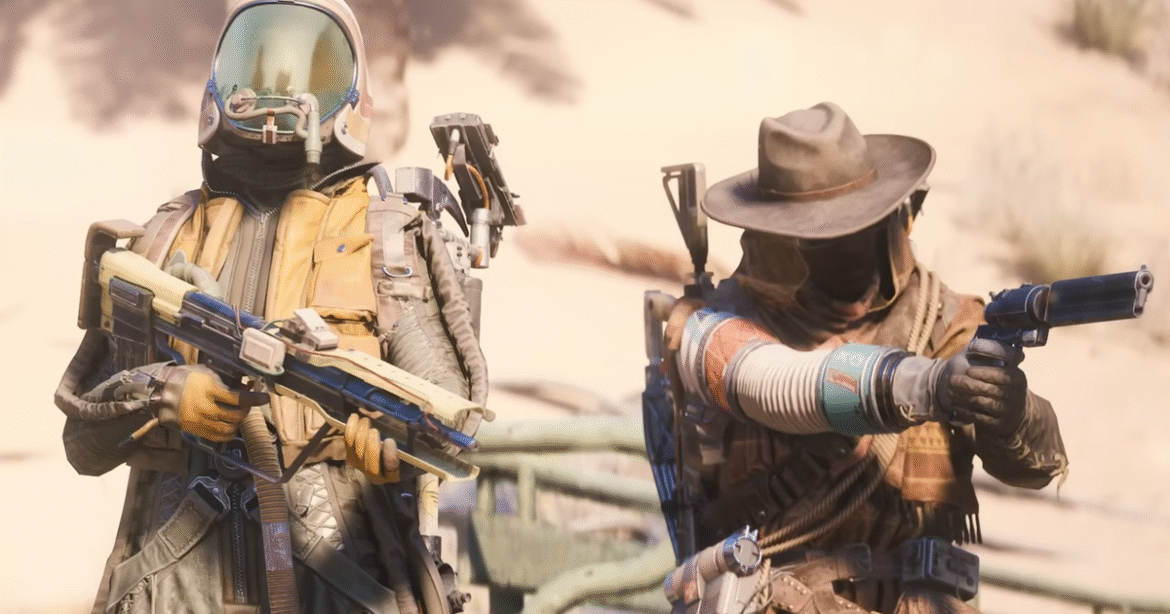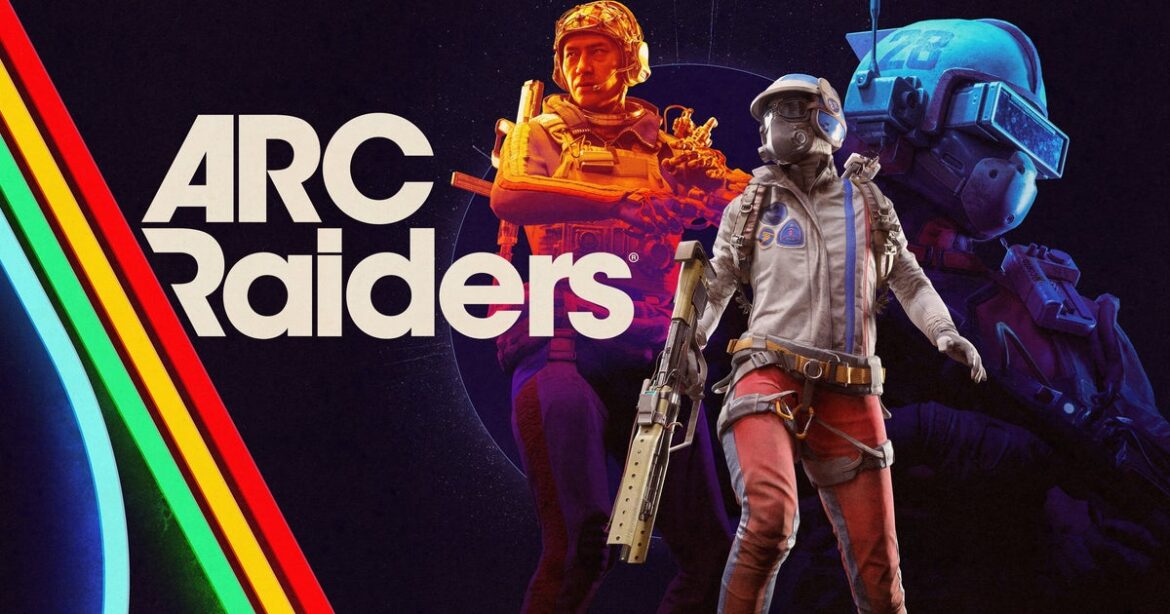In most extraction shooters, as well as a number of online survival games, players are all-too-familiar with the necessary evil known as a global wipe, in which everyone’s inventory and stats get reset to start all players off again on the same footing. It can sting a bit, but it helps balance out the game for newcomers, as folks who’ve been playing for years could otherwise build up a virtually limitless stockpile of goodies to maintain supremacy. Upcoming PvPvE extraction shooter Arc Raiders, however, has some different ideas on how to implement this in a way that won’t cost everyone their precious, hard-won loot.
In particular, the developers are trying to solve one of the biggest problems with mandatory wipes: It’s really unfair to those who only have limited windows of opportunity to play the game. It sucks when you log a few hours in one week, get tied up with life stuff for the remainder of a month, then come back to find out even the meager earnings you scored during that first week are now gone due to the wipe. Arc Raiders developer Embark is aiming to solve that.
In a blog post titled “Expedition Project,” Arc Raiders’ design director Virgil said that the studio “absolutely [sees] the benefits a global wipe provides [but] one thing a mandatory wipe does not do is respect the investment of those players who do not have as much time to play overall.”
Enter “Projects,” a feature that unlocks after level 20 with a scheduled eight-week window to complete, after which you’ll unlock the ability to reset your character. Should you fail to finish your project within the eight-week window, you can hold on to all of the progress you made, including your gear. You can then continue your progress during the next eight-week period that opens up.
Read More: Arc Raiders’ 2-Year Delay Explained: Game Was Boring
Rewards for completing a Project include unique cosmetics and buffs that get activated when the next expedition rolls around. “Completing a reset,” the dev blog states, “should never give a player a power or combat advantage over anyone who has not completed a reset.” That last point is particularly important given that Arc Raiders is embracing PvP which, in an extraction context, can often result in some unfair situations anyway.
Wipes can make for a rough introduction to this genre of game, and in the end sort of ensure that the game only appeals to those who have considerably more time to play them. Hopefully Arc Raiders’ Projects will solve that dilemma.

